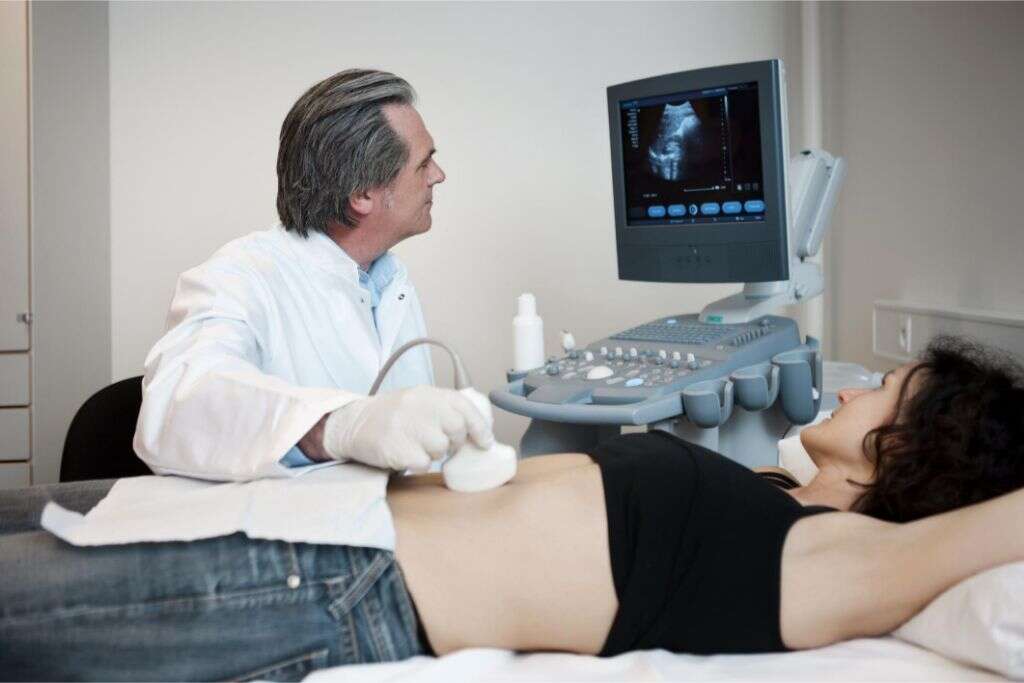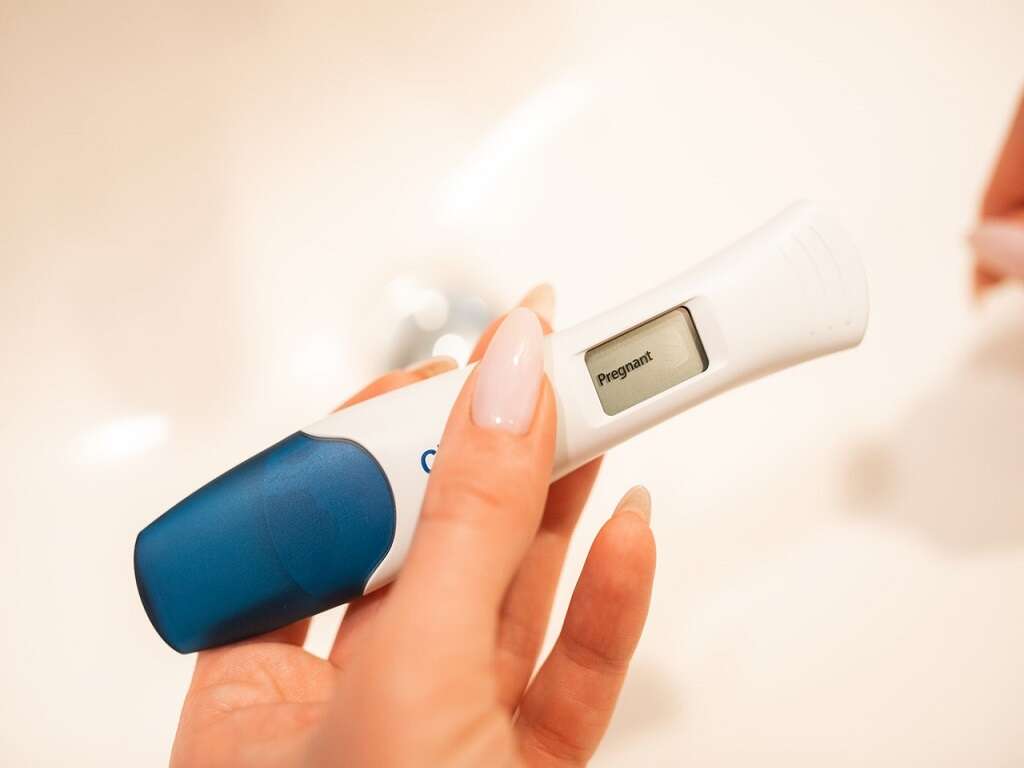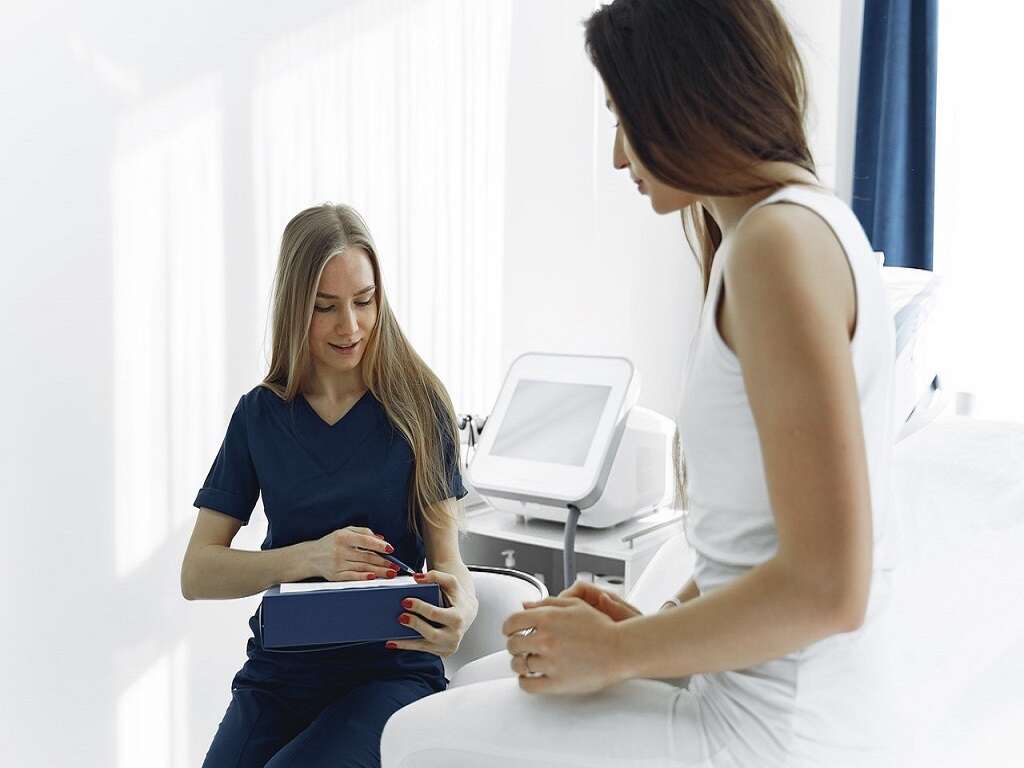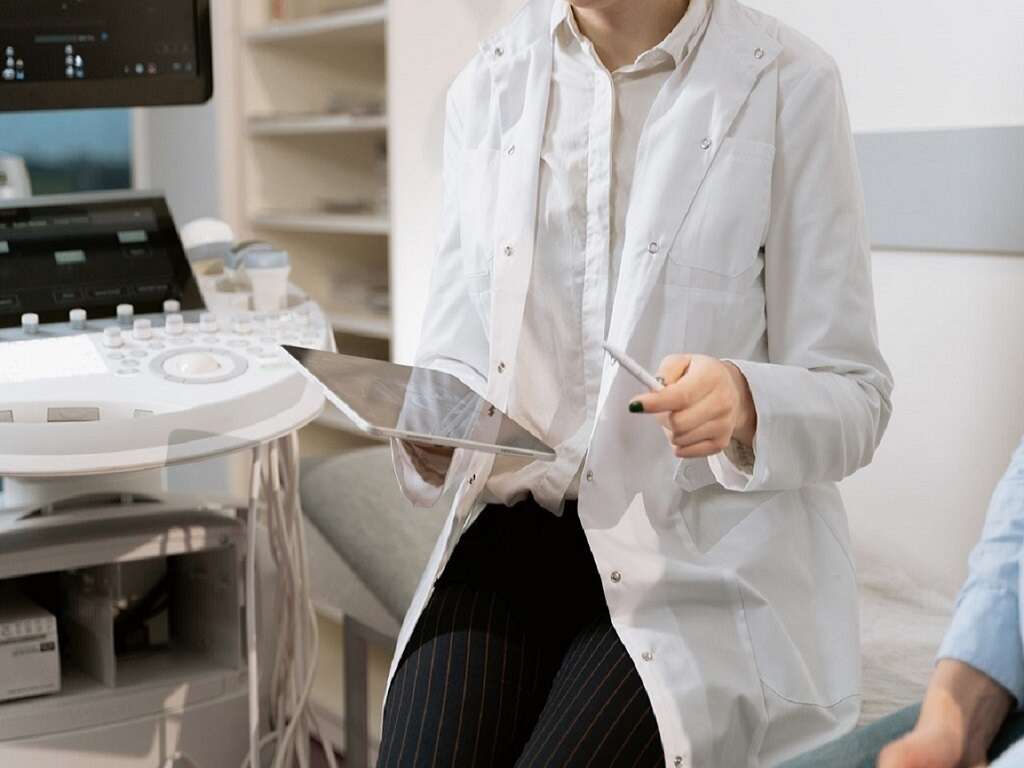10 Symptoms of Uterine Fibroids
Any lumps discovered in the body might cause some concern, but thankfully they are usually quite harmless. In many cases, doctors won’t even recommend removing them, asides maybe for aesthetic purposes. However, some lumps can cause problems even if they are not cancerous.
Uterine fibroids are growths that are found in the uterus. They are not cancerous and are very unlikely to develop into cancer. However, they are not completely harmless because they can grow to sizes that cause them to have an impact on surrounding organs and tissues.
Doctors will often not recommend treatment for uterine fibroids, other than watching them to make sure they don’t grow too large. This article looks at 10 symptoms of uterine fibroids to be aware of.
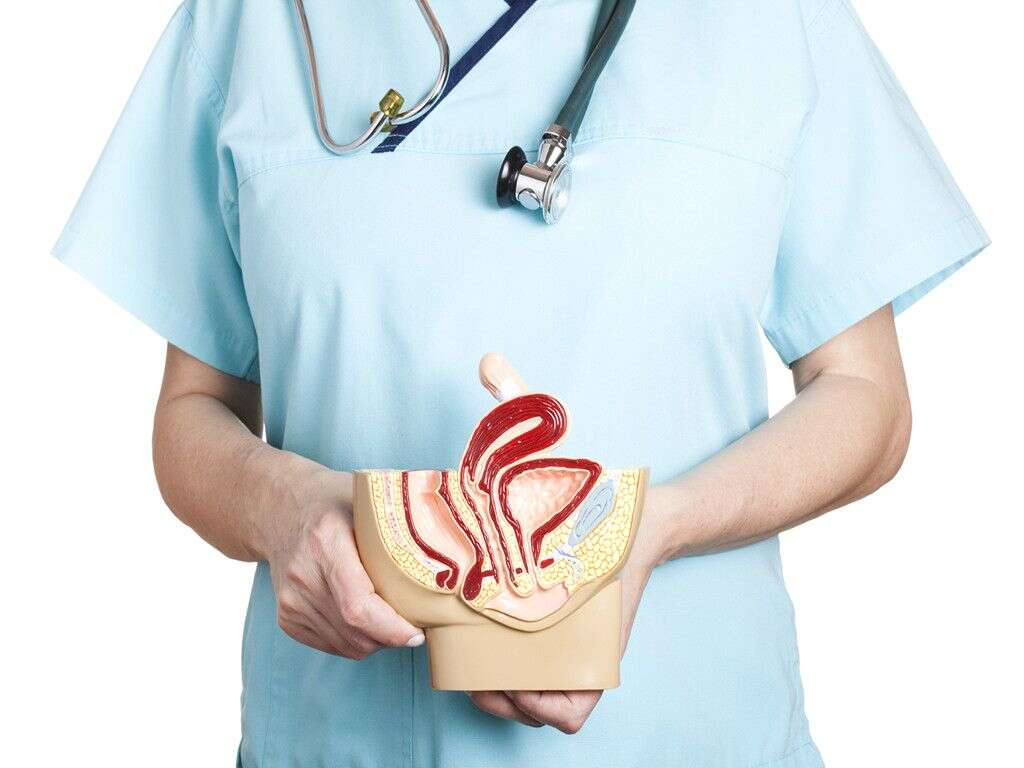
Symptom #1: Diarrhea
If your stomach is upset for some reason, it can lead to food being forced through the system faster than it usually would be. This means the digestive system does not have enough time to absorb enough water, and this means that it will come out the other end more liquid than it usually would be.
Uterine fibroids can result in diarrhea. This can be to the patient’s benefit because it can encourage them to get it checked out whereas it might otherwise be overlooked. It is not usually dangerous but should still not be treated with complacency.

Symptom #2: Feeling Full
It is normal for us to feel full after we have eaten a large meal. This is because we can only fit so much food into our stomachs, and trying to squeeze in too much can end up making us feel quite ill. The fullness will usually subside as the food is digested, but this is not always the case.
In patients that have large uterine fibroids, the fibroids can push up into their stomachs. This has the effect of making the stomach smaller, and this can cause them to feel full even when they have not been eating. It is a condition that can lead to serious weight loss if it goes untreated.

Symptom #3: Rectal Pressure
The rectum is the final passage of the digestive system. It is here that waste material is stored until it becomes too full to take any more. From the rectal passage, feces pass out through the anus into the outside world. It is a system that usually works quite smoothly, but some things can go wrong.
If uttering fibroids grow large enough, they can begin to place pressure on the rectum. They might also begin to put pressure on other parts of the digestive system and this might lead to problems like constipation. There is also a chance of them causing permanent damage so it is something that should be treated as soon as possible.

Symptom #4: Infertility
The process of making babies is an exciting time in life. Many couples do not have any difficulties with conceiving; however, conception due to infertility does occur. Infertility can be due to numerous causes but luckily there are many treatments out there to help couples expand their families.
If you have been struggling to conceive, then you may have already been to an infertility clinic to find out why. If they have not been able to find any of the usual reasons for infertility then it could be down to uterine fibroids. In many cases, fertility can be restored once the fibroids have been dealt with.

Symptom #5: Expanding Waistline
It gets increasingly difficult to keep our waistline down as we get older. This is largely because our metabolisms slow down, meaning we end up burning off less energy. It can also be down to a change in lifestyle habits, while certain medical conditions can also sometimes play a factor.
If you are finding that your waistline is expanding and that you are having difficulty putting on your favorite dress, it might be down to uterine fibroids. If they become large enough, they can cause the abdomen area to start swelling, regardless of how well you might be dieting and exercising.

Symptom #6: Urinating Frequently
The bladder is basically a type of organic bag. This bag collects urine as it comes from the kidneys and it will become gradually full over time. The bladder is able to expand as it takes on more urine but it still has a limited capacity. Once full, the bladder must be emptied, as this means a trip to the bathroom.
Nearby uterine fibroids that grow large enough can begin to push on the bladder and, if they push enough, they can push it inwards and decrease its capacity. Thus, it will take less time for the bladder to fill and this will mean that trips to the bathroom become more frequent than usual.
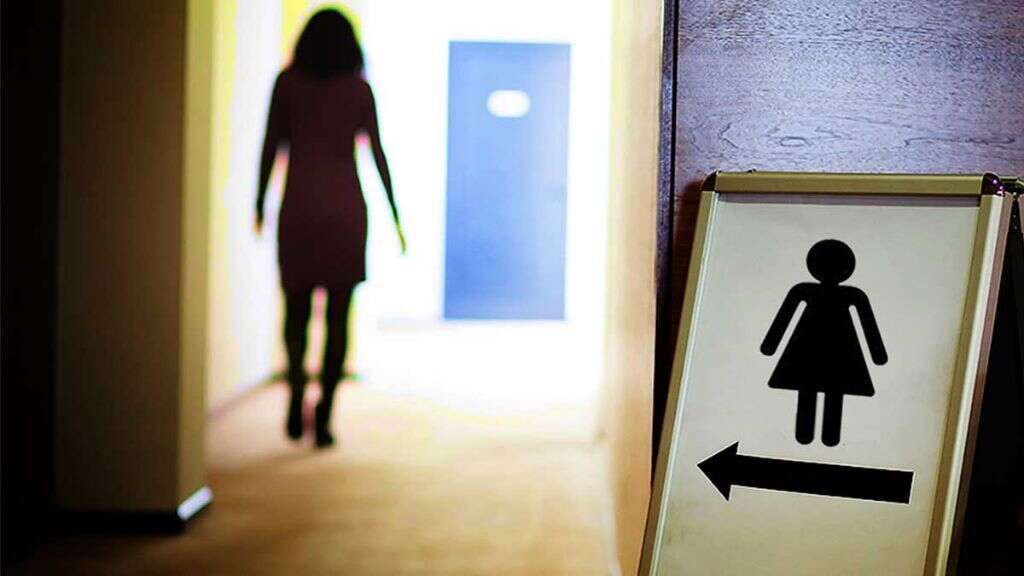
Symptom #7: Irregular Menstruation
Menstruation is a process that is very important for our ability to have children. It helps to ensure that there is a fresh lining of blood in the uteruses in which fertilized eggs can be embedded and begin to develop. This lining is shed every month so it can be replaced by a fresh one. This process is known as menstruation.
Menstruation occurs about once every 30 days, but that is not set in stone. A woman who typically has a regular cycle may be tipped off to a problem if their cycle is suddenly irregular. If uterine fibroids grow too large, then they can impact the female sex organs and this can mean irregular periods.

Symptom #8: Bleeding Between Periods
Once the menstrual cycle has completed its monthly cycle, there should be no more bleeding for approximately another 30 days. This means that if there is bleeding in between periods, then it is a sign that there could be something wrong. More specifically, it could be down to uterine fibroids.
There are numerous conditions that can cause this symptom, so more information will be needed by the physician to properly diagnose what’s going on. In some cases, it might even be down to something as benign as your diet causing it. As such, it might take numerous tests before medical professionals are able to pinpoint the problem.

Symptom #9: Heavy Menstrual Bleeding
The menstrual cycle tends to be different for different women, with some experiencing lighter or heavier flows than others. It is still likely to remain about the same for each person month after month, though, although this can also vary somewhat. If your menstrual flow feels particularly heavier than usual, however, it could be a sign of uterine fibroids.
It is because of heavy bleeding that most women find out they have uterine fibroids as it encourages them to go in for a check-up. The condition can also cause clotting to appear in the flow, which is unusual regardless of how heavy the flow might be.
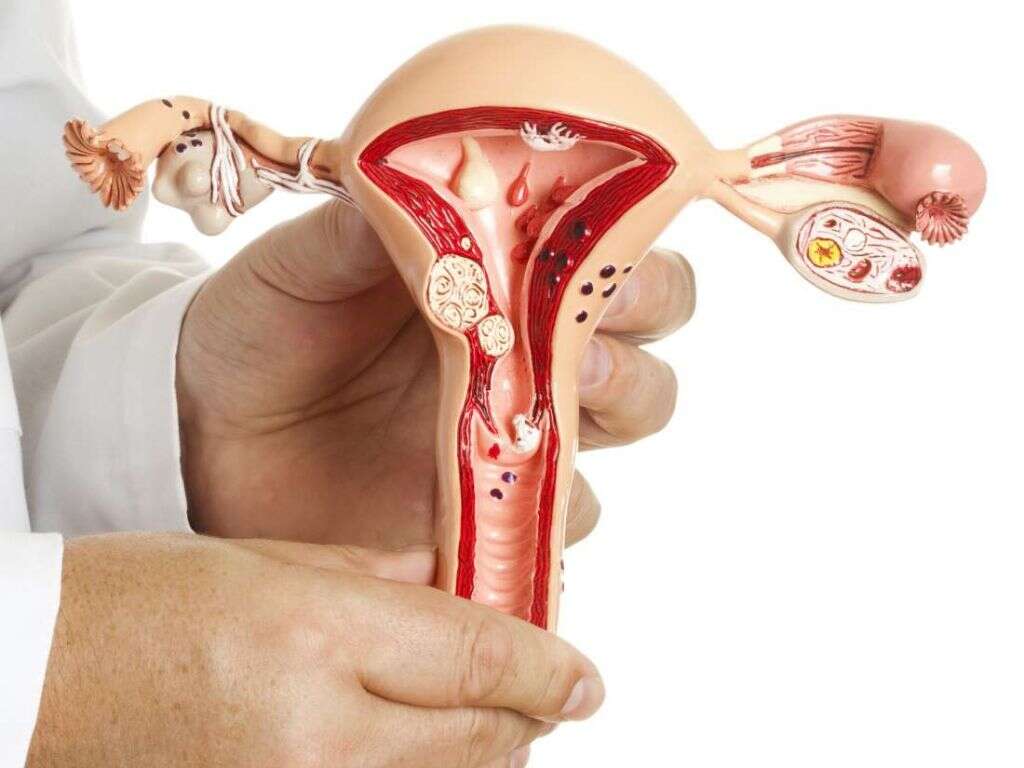
Symptom #10: Lumps
Uterine fibroids are masses of tissues that can grow to be quite large. As such, they can sometimes be felt through the soft tissues surrounding them. It is often the case that they are discovered during a routine check-up, or when a medical professional is looking for something else.
As with so many other conditions, uterine fibroids are easier to deal with the sooner they are discovered. This makes it a good idea to get regular check-ups so any problems can be dealt with before it becomes serious. Doing so can save you a lot of inconvenience, money, and time in the long run.
